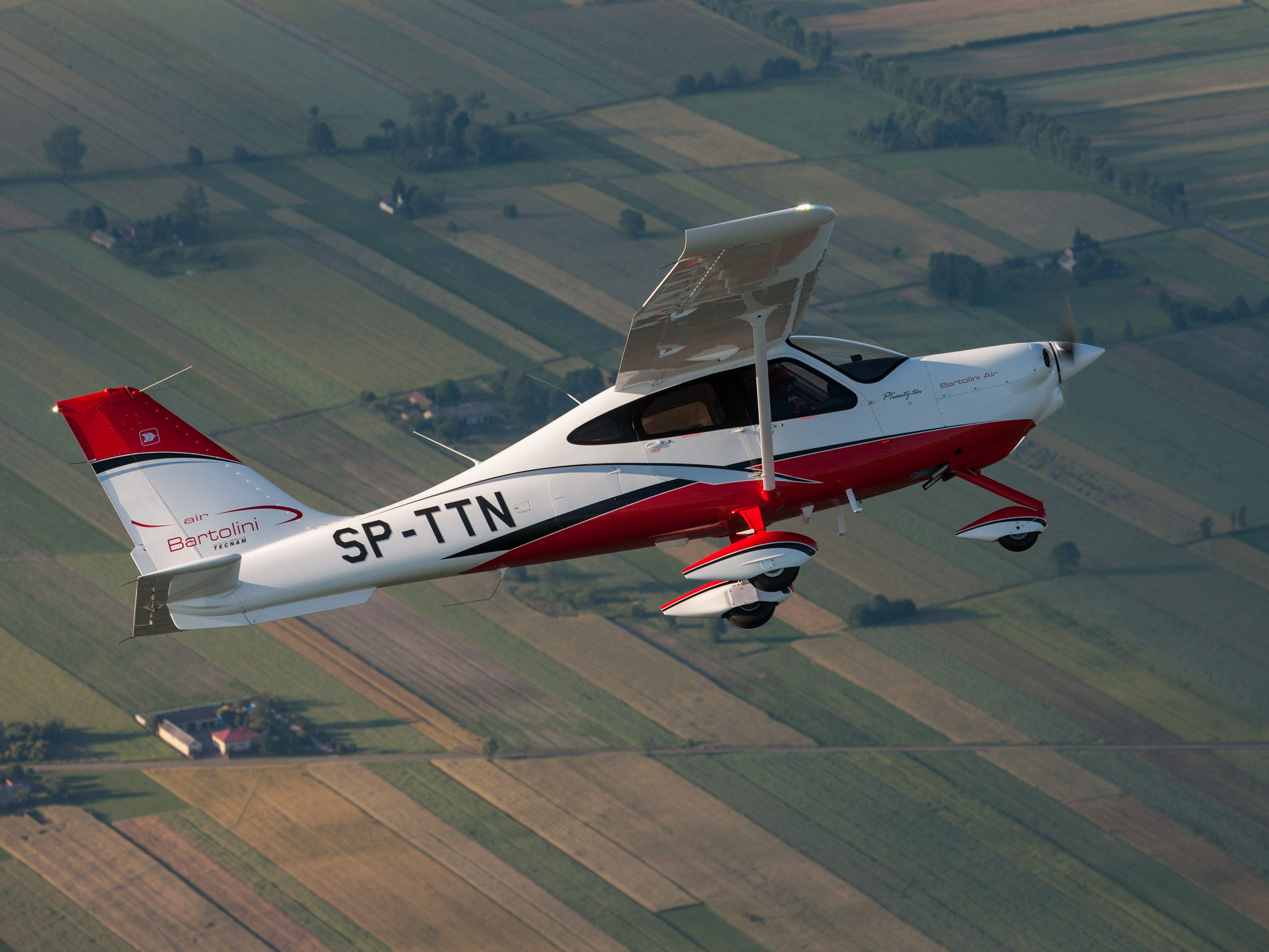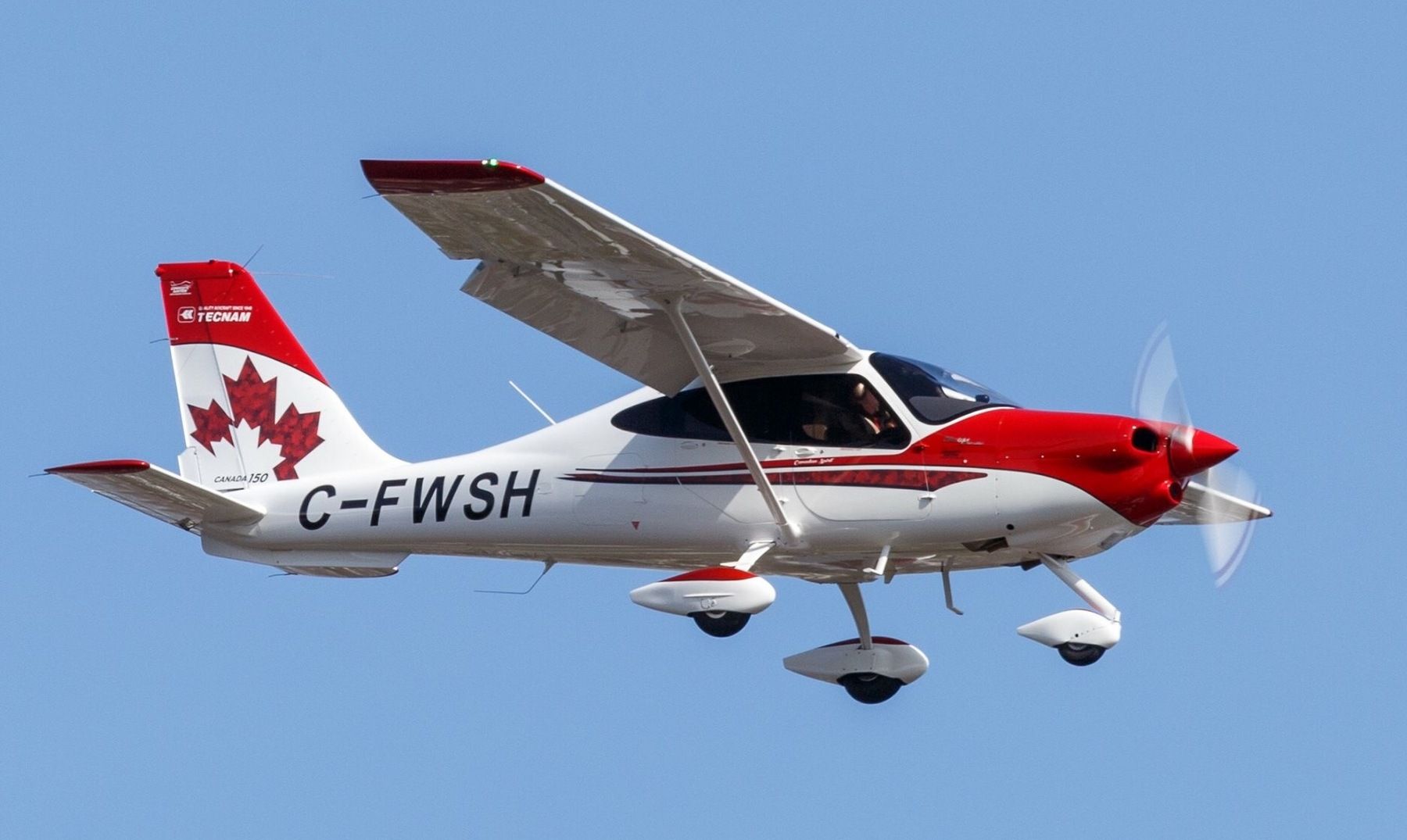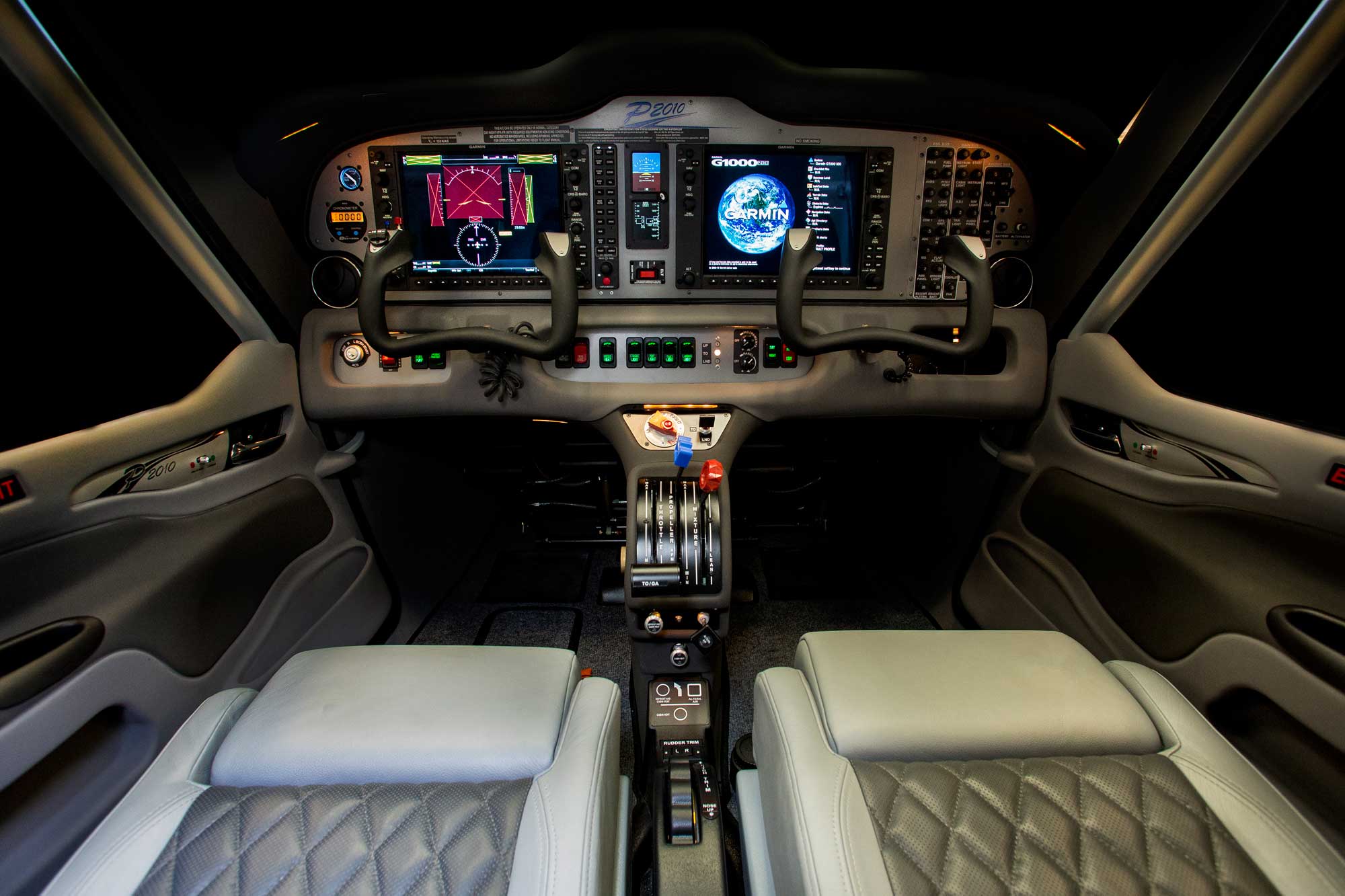Skycatcher was crap canned as soon as they couldn’t find a fleet buyer for it. Literally crap canned, they tossed the remaining ones in a dumpster.
As far as the lawsuit goes, file bankruptcy, start new business name DBA New and Improved Cessna, and continue on, just like all slimy American companies do these days. Works for everyone else.

Cessna is making a LOT more than $50K profit on the 182s they’re selling to CAP.
They are a fleet sales company now. That’s just what they want to be. That’s fine, but they’re not selling much to individuals. Cirrus has that bottled up for the most part.
Altruism in business is overrated.
If fleet sales are where the money is to be made then it should be no surprise fleet sales is where Cessna and Piper are selling.
Cirrus (and Mooney, ICON and few others) sell playthings to rich kids. That's a seriously limited market. Selling to individuals is so limited that, with its current product line, Cirrus is a slow growth cottage industry company, at best. It better hope the next recession doesn't cut its sales in half again, like the last one did.
Why should Textron have any interest in that market? The arguments on this thread about what it
really costs Textron to build, market and support an airplane are amusing. It's ironic that at the same time there are posts advocating that Cessna boost sales by cutting prices, the maker of the most expensive new single piston aircraft is lauded as such a success story. Even if it cut the price of a 182 in half it won't move the needle on individual sales.
Seriously, how many more people on this Board would decide to shell out for a new 182 in the next year if Cessna did a half-price sale?
I took my first ever drive across Kansas last year, on my way from Cheyenne to Tulsa. It was real eye opener, and not just because of the lush crops of wind turbines. Unlike where I live, every little hamlet has an airport with well marked access from the highway. That trip is when it really struck me as to why places like Wichita and Tulsa have such a light plane legacy, developed at a time when the manufacturing heartland was in New England and the Great Lakes region. From the '20s through to the early '60s travelling between the communities all over the Plains must have been a *****. Vast distances, lousy dirt roads, not so reliable cars. Little airplanes flying off grass must have been a very attractive alternative.
But the world has changed, and we aren't going back. Interstate highways, low cost commuter airlines, declining rural populations as agriculture employs a tiny fraction and all the kids moved to the cities.
Outside of flight training, who buys a single engine piston airplane these days to undertake any sort of commerce? Are rural doctors using their SR-22s to make house calls (and occasionally to kill themselves) the way they used their Bonanzas in the '50s? Somehow I doubt it. I use my twin to do some business related travel to out of the way locations to save time, but now that the price of oil & avgas is climbing again even I am doing less of that, and using the regionals (which I despise) more. Its purely practical economics.
What's the main driver for individuals to own airplanes? Mostly recreational and personal convenience I would venture. And those purposes are purely discretionary spending. So we spend what we can afford, for as long as we think we can afford it. And for a great many of us even a $150,000 new airplane is out of reach financially.





